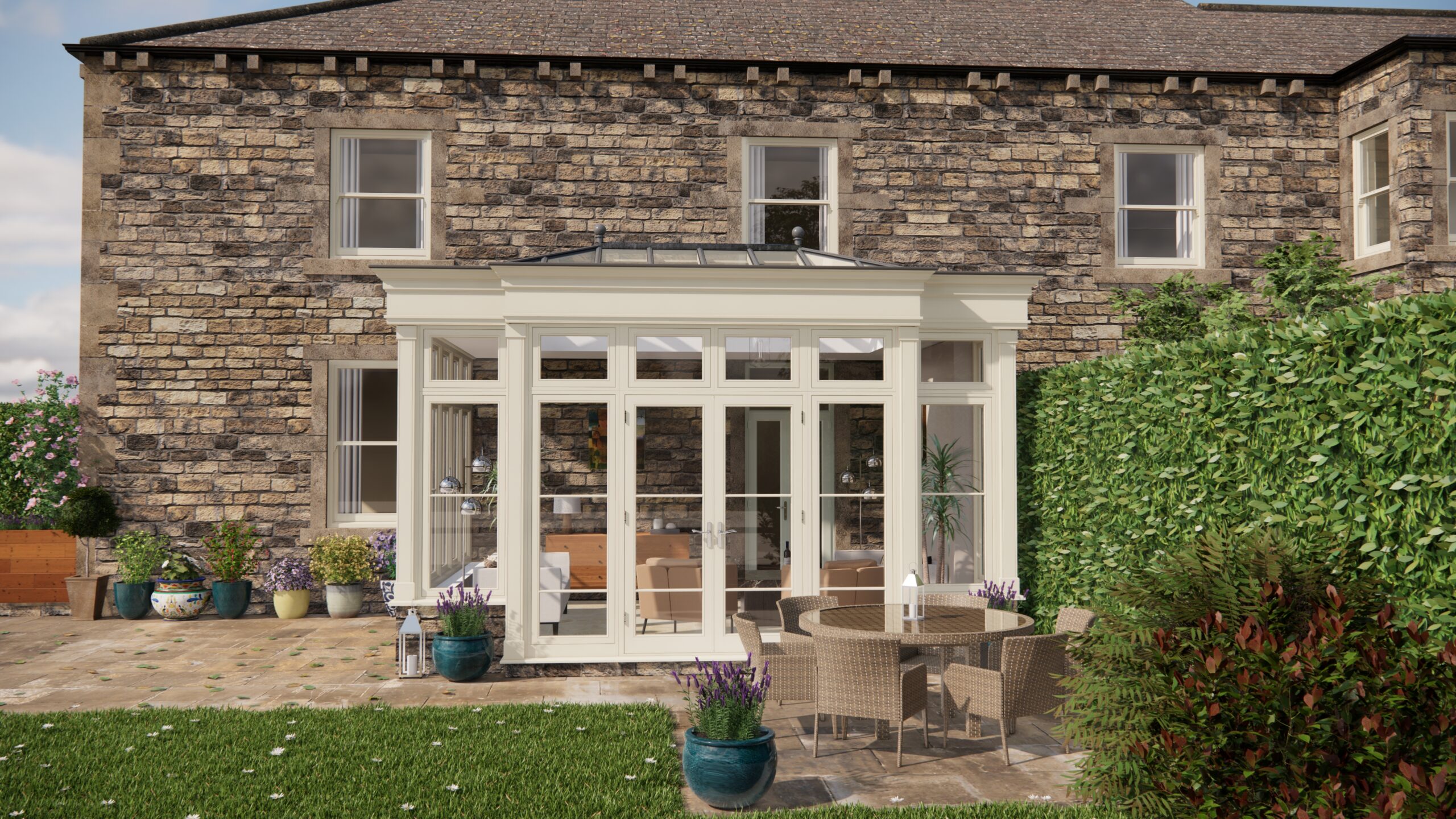Right, let’s talk dirt – literally! Been chewing over ground conditions and drainage for our upcoming orangery article, and I just had a brilliant chinwag with Scarlett, a landscape architect who specialises in older properties. Her insights were gold dust, especially regarding how ground conditions can make or break your orangery dreams.
“Think of the ground as the unsung hero,” Scarlett started, swirling her tea. “Everyone focuses on the fancy glass and matching brickwork, but the foundation’s stability is paramount.” She wasn’t kidding. She’d seen orangery projects scuppered because the initial ground surveys were cursory at best.
Digging Deep: Site Investigations are Key
Scarlett stressed the importance of a comprehensive site investigation before you even think about planning permission. This isn’t just a quick look; it’s a thorough geotechnical survey. “You need to understand the soil composition, the water table, and any potential for soil movement,” she explained. Think about it: is it clay, prone to expansion and contraction? Is it sandy, offering little support? Or perhaps there’s a history of landslip in the area? These factors dramatically influence foundation design. You can find geotechnical engineers online, and it’s money very well spent. They’ll drill boreholes, take samples, and provide a detailed report. I’ve seen quotes ranging from £500 to £2000, depending on the complexity of the site.
Drainage Dilemmas: Water Away, Problems Stay Away
Water is your enemy, Scarlett emphasised. Poor drainage leads to damp foundations, structural instability, and a generally unhappy orangery. “Consider the existing drainage system of your house,” she advised. “Will the new orangery impact it? You might need to upgrade the existing system or install entirely new drainage to manage rainwater runoff and prevent waterlogging.”
She recommends a combination of strategies, depending on the site. French drains are often effective for directing surface water away from the foundations. These are gravel-filled trenches with perforated pipes that channel water to a suitable outlet. For heavier clay soils, consider a more sophisticated drainage system with a sump pump to actively remove excess water. Again, drainage engineers are worth their weight in gold for assessing your specific needs.
Mitigation Measures: When the Ground Fights Back
What if the ground conditions are less than ideal? Scarlett had plenty of experience with that. “Often, it’s about choosing the right foundation type and incorporating specific mitigation measures,” she said. For example, on unstable ground, piled foundations might be necessary. These are concrete or steel piles driven deep into the ground to reach a stable stratum. They’re more expensive but provide excellent support.
Another crucial point she made was about soil stabilisation. Chemical stabilisation, where additives are mixed with the soil to improve its strength and reduce its susceptibility to water damage, is another option. This is a complex process, however, and requires expert advice.
Scarlett’s Case Studies: The Good, the Bad, and the Ugly
Scarlett shared a couple of case studies. One involved a beautiful orangery addition to a Georgian manor. The initial soil survey identified a high water table and expansive clay soil. The solution? Piled foundations, extensive French drains, and a waterproof membrane around the foundation walls. The result was a stunning, stable structure that blended seamlessly with the existing property.
The other case was less inspiring. A homeowner, trying to save money, skipped the detailed ground survey and drainage plan. They ended up with a sunken foundation, damp problems, and a very expensive repair bill. A clear illustration of cutting corners coming back to bite you.
So, if you’re thinking of adding an orangery, listen to the earth! Spend the time and money upfront to understand your site’s ground conditions. Implement robust drainage solutions, and if necessary, invest in appropriate mitigation measures. You’ll thank yourself in the long run.

